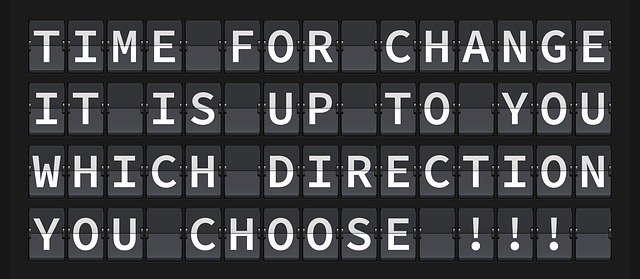Tami Simon from Sounds True interviewed world-renowned meditation teacher, Sharon Salzberg, about the nature of meditation. The interview podcast titled, Beginning Anew, provided some valuable insights into meditation practice and its outcomes. By way of illustration of the many applications of meditation, Sharon spoke of her meditation work with the Garrison Institute helping to develop a “culture of wellness” amongst domestic violence health care workers. She also mentioned her meditation work with nurses and international refugee workers who experience vicarious trauma because of the trauma of others that they experience every day and feel isolated because of their inability to talk about the truly disturbing things they encounter. Some of the insights into meditation practice from her interview are summarised below.
Insights into how we can become renewed through meditation practice
Sharon’s interview podcast provided considerable insight into the nature of meditation and its personal impacts – the longer and more consistently we practise meditation, the more profoundly we will experience these impacts:
- Seeing possibilities – when we are caught up in our difficult emotions and seemingly trapped, we tend to experience “tunnel vision”. In the face of disruptive change, which is ever-present, we tend to focus on the “endings” rather than the “new beginnings”. We can also become obsessed with projecting an adverse future onto our mind’s screen. We become locked in, unable to see possibilities and the potential for new beginnings – the ability to “begin anew”. Meditation stills the mind and enables us to identify creative options – it releases our creativity in times of change and challenge.
- Gaining understanding – Sharon highlights this dimensionof meditationby focusing on the difference between guilt and remorse. Guilt in her words is a form of “lacerating self-hatred” where we beat up on ourselves for our mistakes, deficiencies and harmful behaviour. We convince ourselves that we will never change but will continue to be hurtful towards others. Remorse, on the other hand, is genuine sorrow for causing hurt to others together with the ability for self-forgiveness. Understanding, developed through meditation, releases us from being “mired in the pain and exhaustion of guilt” and enables us to have the energy, motivation and will to change. Sharon describes understanding as “a tremendous tool”.
- Changing our perspective – if we focus only on the things that are wrong or missing in our lives, we will miss the things in front of us that generate well-being and possibilities. If we get locked into a pattern of negativity, we will lack the ability to “see clearly” – we will not be in a position to “serve ourselves or others”. Research at the HeartMath® Institute demonstrates that negative emotions creates chaos in our nervous system while positive emotions “can increase the brain’s ability to make good decisions”. Sharon points out that focusing on the negative in any situation disables us while insight gained through meditation can “create change and the context for change”.
Reflection
We can become trapped in a created, negative reality with the perception of no way forward, and become trapped in guilt about our past words and actions. Sharon maintains that as we grow in mindfulness through meditation, we can open our eyes to possibilities, gain a real understanding of the difference between disabling guilt and enabling remorse and develop a perspective on change that enables us to move from negativity to positivity and sound decision making. Sharon’s Insight Meditation Kit, developed with Joseph Goldstein, provides the tools and resources to help us remove hindrances to personal growth and develop the energy for personal change.
________________________________________
Image by Ioannis Ioannidis from Pixabay
By Ron Passfield – Copyright (Creative Commons license, Attribution, Non-Commercial–No Derivatives)
Disclosure: If you purchase a product through this site, I may earn a commission which will help to pay for the site, the associated Meetup group and the resources to support the blog.









